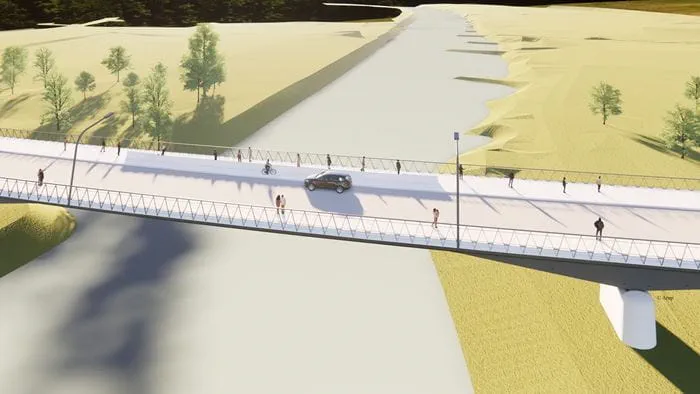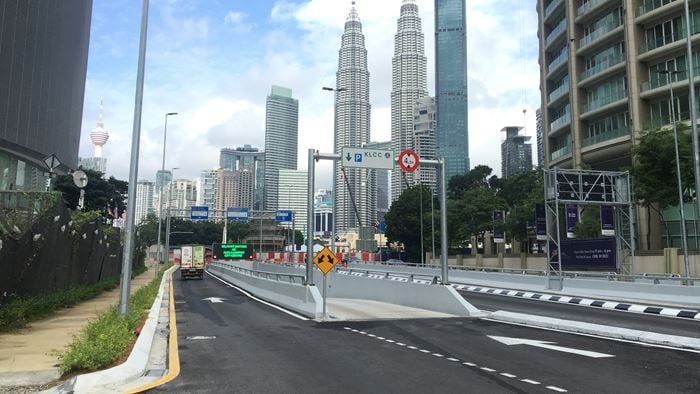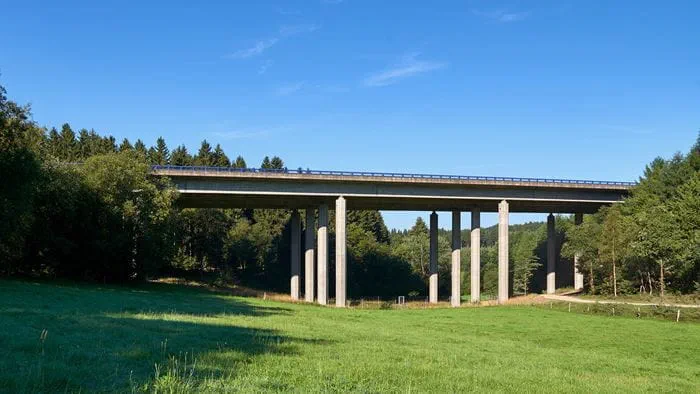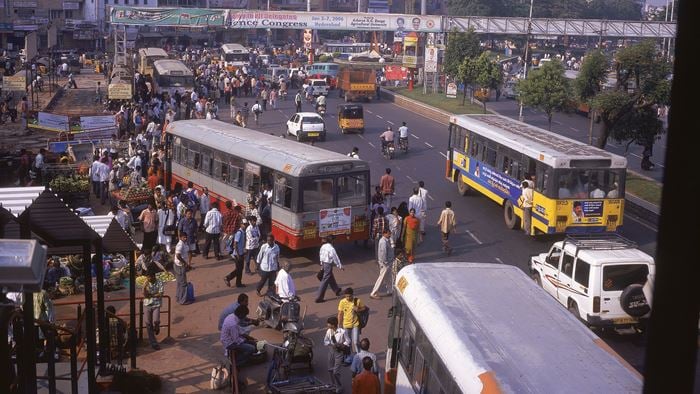With one of the highest crash rates in Australia, the Bruce Highway between Cooroy and Gympie, to the north of the Sunshine Coast in Queensland, is in dire need of an upgrade.
Arup was appointed to undertake a strategic planning study of the Cooroy to Curra section of the highway and identify the best long-term solution to improve safety, reduce delays, and improve freight efficiency, while minimising impact on the community and environment.
A multidisciplinary team, including highway planners, acoustic engineers, transportation planners and modellers, environmental and social specialists and project managers was involved in the project. Arup also managed a number of other specialist sub-consultants in the areas of ecology and water quality, cultural heritage and landscape assessment.
The study team came up with a shortlist of options, which were exhibited for comment and became the subject of extensive community and media discussion. Working closely with community reference groups, a final plan was determined and published for comment in early 2007.
The outcome was a plan for a safe, high quality four-lane road that meets future inter-regional traffic projections, while preserving the local lifestyle advantages that people value highly.
The study ran from 2004 to 2008.
Community consultation
Research was the key to helping the study team understand the community’s interests in, and concerns with, the upgrade, enabling the best possible outcome. Surveys and focus groups were conducted by the team and in turn, the community was kept informed via newsletters, open days and the media.
Information gathered in the first stage of the study, including the results of a household travel survey, was used to generate a range of possible corridor options. A survey was then distributed to more than 25,000 households in the area, seeking input to assist with the ranking of assessment criteria, and a shortlist of corridor options was drawn up.
Around 4,500 landholders were initially potentially affected by the project in the second stage. However, the public consultation process was so successful that just 170 submissions were received opposing isolated sections of the final proposed corridor. The lack of objections to the final corridor is staggering, considering that over 220 individual properties are directly affected and thousands more will have a new highway passing close by.
Overall, fewer than four per cent of potentially affected residents have concerns with the final corridor, an amazing statistic for a project of this magnitude, with a majority of those concerns relating to the location of two interchanges. This result is a testimony to Arup’s understanding and consideration of the engineering, environmental, heritage, economic and community issues within a large and diverse study area.
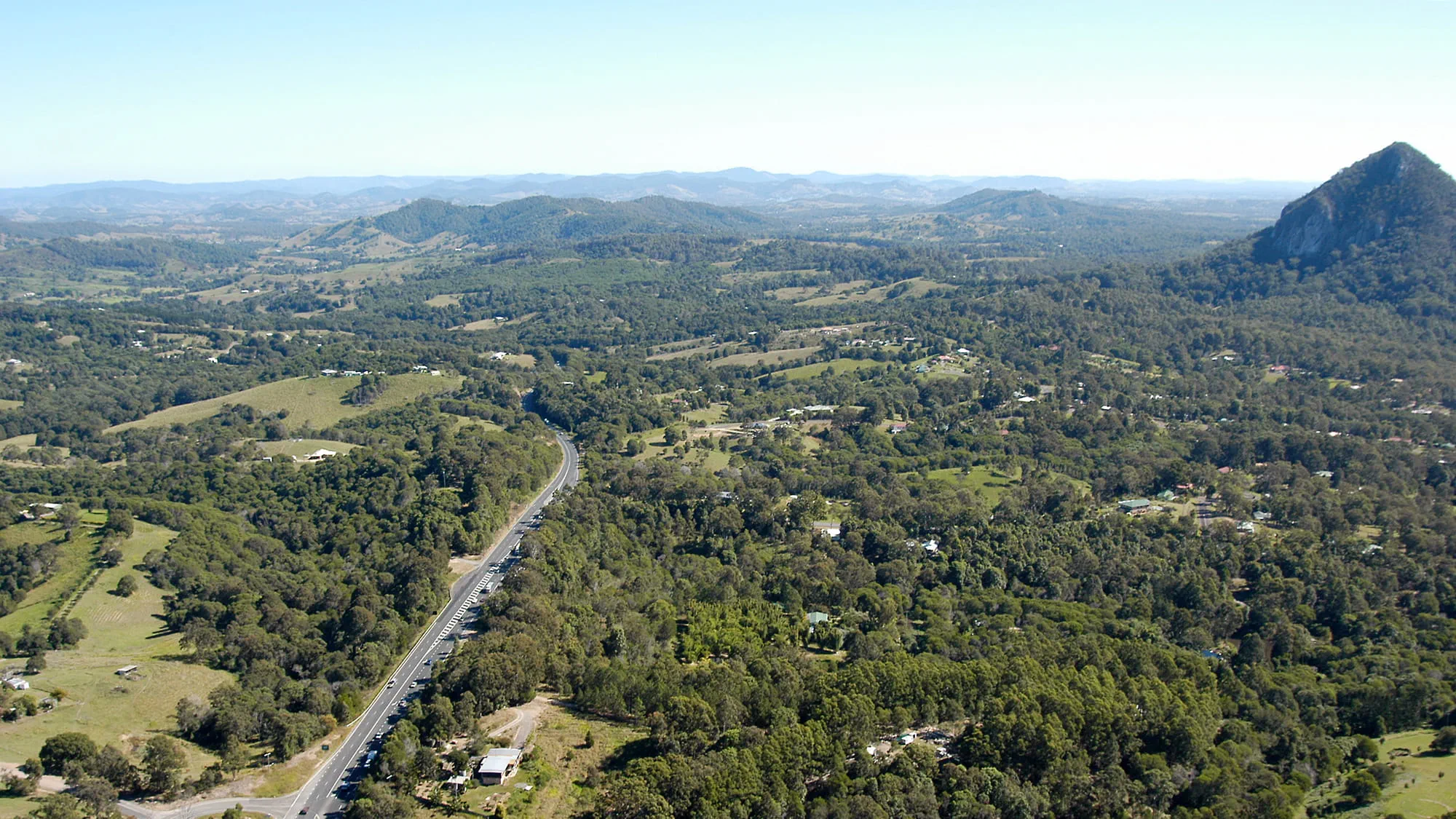 ;
;

